Sidewalk Policy Frequently Asked Questions (FAQ)
Why are close to half of the 11,000 miles of the City of Los Angeles in disrepair?
 Some estimates put the amount of damaged sidewalks in the City of Los Angeles at 4,600 miles. Given that sidewalks are the most fundamental piece of our transportation system that impacts all travel modes, how did we get to this point?
Some estimates put the amount of damaged sidewalks in the City of Los Angeles at 4,600 miles. Given that sidewalks are the most fundamental piece of our transportation system that impacts all travel modes, how did we get to this point?
In the 1970s, the City of Los Angeles took on financial responsibility for sidewalks damaged by trees. Previously, property owners were financially and legally responsible for adjacent sidewalks.
But within a few years the City ran out of dedicated funding to repair sidewalks and stopped making repairs and installing needed accessibility fixes. It has been over 40 years since the City of Los Angeles has invested in a comprehensive program to fix and maintain its sidewalks, crosswalks, and bus stops. This is painfully evident with deteriorating conditions and lack of accessibility for all citywide.
Thanks to partners in the disability advocacy community in 2015 the City settled a $1.4 billion class action lawsuit, commonly known as the “Willits Settlement.” The settlement determined that the City’s crumbling sidewalk infrastructure was not compliant with the Americans with Disabilities Act (ADA) and prevented people with disabilities from travel and access in Los Angeles. This legal action led the City to develop a sidewalk policy. More info on the Willits Settlement below.
What is the new Sidewalk Policy?
In 2015 the City of Los Angeles finalized the Willits Settlement, a $1.4 billion class action lawsuit and largest disability lawsuit nationwide, over the City’s broken sidewalks preventing people with disabilities from traveling around. The settlement requires that the City invest $1.4 billion in sidewalk repair, which will be stretched over 30 years and starting at a minimum of $31 million annually, including:
- Install install, repair, and upgrade curb ramps
- Repair sidewalks and walkways damaged by tree roots
- Repair broken or uneven pavement
- Correct non-compliant cross-slopes in sidewalks
Upon fixing a sidewalk to meet ADA compliance, the City will then “release” liability of that portion of sidewalk to the adjacent property owner. Further repairs and liabilities for the repaired sidewalk would no longer be the City’s responsibility. This is commonly referred to as “Fix-and-Release.”
The City is collecting data to map every sidewalk, street tree, curb ramps, and street tree to create a robust inventory of sidewalk conditions. This will inform a citywide prioritization process to identify what streets to start repairing first. The City will also integrate “Low Impact Development” principles, such as conserving natural areas and retaining stormwater runoff where possible.
How does this impact me?
After the Willits Settlement, the City of Los Angeles developed a Sidewalk Repair Program to prioritize sidewalks in disrepair. There are four program categories:
- Sidewalk Access Repair Program: Requests by and for people with disabilities
- Rebate Program: Property owners willing to pay for their sidewalk and eligible for rebate
- Program Access Improvements: General public requests
- City Facilities Program: Prioritizing broken sidewalks adjacent to City-owned property
Under the first three categories, residents and property owners can initiate requests or work on repairs in identified locations. All requests can be made online at: http://www.sidewalks.lacity.org/ or by calling 311. The City Facilities Program was formed to address the Willits settlement requirement that all sidewalk segments adjacent to City-owned properties to meet ADA-compliance in the first five years of the program. Details on each program category are below.
What is the Access Repair Program?
The Sidewalk Access Repair Program is a 20% annual set-aside for sidewalk repair funds to directly address disabilities access requests. Through the Access Program people with disabilities may submit requests for access repairs such as curb ramp installations and tree root fixes along specific paths of travels. The City has set a goal to remediate access requests within 120 days of receiving a request. Requests are prioritized by a scoring criteria that awards more points to requests made a) in residential neighborhoods, b) within 500 feet of a transit stop/station, and c) unresolved requests dated more than 120 days. All requests can be made online at: http://www.sidewalks.lacity.org/. Also you can call 311 or use the MyLA311 app.
What is the Rebate Program?
The Rebate Program rewards property owners who initiate and pay for their own sidewalk repairs through private contractors through a monetary rebate. Residential and commercial owners can receive a rebate up to $10,000. Property owners must apply with the City to participate in the program, then pay for their own repairs. Once certified by the City that the repairs are ADA-compliant, the property owner then receives the City’s valuation offer amount, up to $10,000. All requests can be made online at: http://www.sidewalks.lacity.org/. Also you can call 311 or use the MyLA311 app.
What are the Program Access Improvements?
Program Access Improvements allows the general public and others to report a sidewalk, curb ramps, or other pedestrian facilities in need of repair in the public right-of-way. These requests are not specifically tied to an access issue for a person with a disability and follow the same prioritization scoring system as the City Facilities Program (see below). Because the City has prioritized repairing all sidewalks adjacent to City-owned property in the next five years, and City departments charged with responding to sidewalk repair requests have limited capacity, general residential requests are not likely to be addressed for at least five years. All requests can be made online at: http://www.sidewalks.lacity.org/. Also you can call 311 or use the MyLA311 app.
What is the City Facilities Program?
The City Facilities Program allows for the repair of sidewalks, curb ramps, or other pedestrian facilities at City government offices and facilities, including pedestrian rights-of-way adjacent to facilities owned or operated by the City and the paths of travel leading to primary entrances.
The City Facilities Program uses a two-tier prioritization method. Tier 1 assigns points based on the sidewalk segment location, adjacent land use, proximity to the Vision Zero High Injury Network (HIN), and number of incident reports. Segments with the highest Tier 1 points total will receive field assessments that scores the sites on damage severity and repair costliness (Tier 2). Segments with the highest combined Tier 1 and Tier 2 scores would be prioritized for repair. Proposed prioritization scoring details are currently being finalized by the City.
What does this mean for street trees?
While some sidewalk disrepair in the City of Los Angeles is created by tree roots, a full tree canopy is an essential part of a comfortable sidewalk and neighborhood. Trees lifting the sidewalk were either not appropriately selected when planted, have had infrastructure built up around them, or have not been properly maintained. When following the practice of “right tree, right place,” such tree and sidewalk conflicts can be avoided.
As Los Angeles experiences more and more extremely hot days, the Sidewalk Repair Program should be designed in a way to retain protective tree canopy. The City currently has a policy of a 2:1 tree replacement ratio for any street tree removal. However this does not take into account mature tree size, so removing a ficus tree with a 50-foot canopy and replacing it with two small stature trees is not going to have the same shade benefits that were previously being provided to that community.
Of course, planting appropriate trees that can grow in these spaces that will not cause infrastructure damage is important. But keeping public health and community benefits in our neighborhoods is just as important and requires thoughtful planning. The Community Forestry Advisory Committee (CFAC) has recommended the City adopt a replacement ratio based on canopy size than number of trees. There would still be a delay in the benefits of mature trees for the subsequent years it will take for the trees to grow to maturity but this ensures a comparable canopy in the long-run. Healthy and mature trees are already being replaced through the Sidewalk Repair Program, and a more robust and revised replacement policy can address this concern.
Note: Sidewalks graphics courtesy of Los Angeles Bureau of Engineering
*****END OF FAQ*****
�
Vision for a Comprehensive Transportation Network
The Sidewalk Repair Program is an opportunity for the City of Los Angeles to address its most basic quality-of-life infrastructure. Safe and comfortable sidewalks and crosswalks serve all travelers, improve local economy, and can create vibrant public gathering spaces.
Rather than treated as separate from streets and transit, planning and funding sidewalks should be considered part of a comprehensive transportation network. We look forward to a future where our city is connected by a robust sidewalk and crosswalk network with ample shade and amenities, access to transit with safe and dignified bus stops, patrons connected to commercial and cultural destinations, stormwater runoff treatments, and safe passage for travelers of all ages and abilities.
This future requires a data-driven strategic master plan that defines transportation with all travel modes and paths of travel in mind. Los Angeles is often touted as being in the midst of a transportation revolution. We are in a unique position to receive unprecedented transportation and infrastructure resources, including Measure M and state SB 1 funds. It is critical to develop a cost-efficient process to effectively leverage public funds and create a transportation system that will support our transit expansion, first/last mile demands, and ensure safety and accessibility for all travelers. A strategic master plan that incorporates the entire public realm (from sidewalks and streets to bus stops and crosswalks), also creates a system for the multiple City departments who oversee infrastructure and transportation to coordinate efforts and resources. This leads to better and faster outcomes for residents and business owners who rely on city services for their daily quality-of-life amenities.
A comprehensive transportation network will ensure the City of Los Angeles its highest return on investment in the public realm and create a safe, clean, comfortable path of travel for everyone, regardless of ability, resources, or travel mode. This transportation revolution can not leave our sidewalks behind as they are the most universal piece of transportation infrastructure the City oversees. Let’s not let it fall through the cracks.
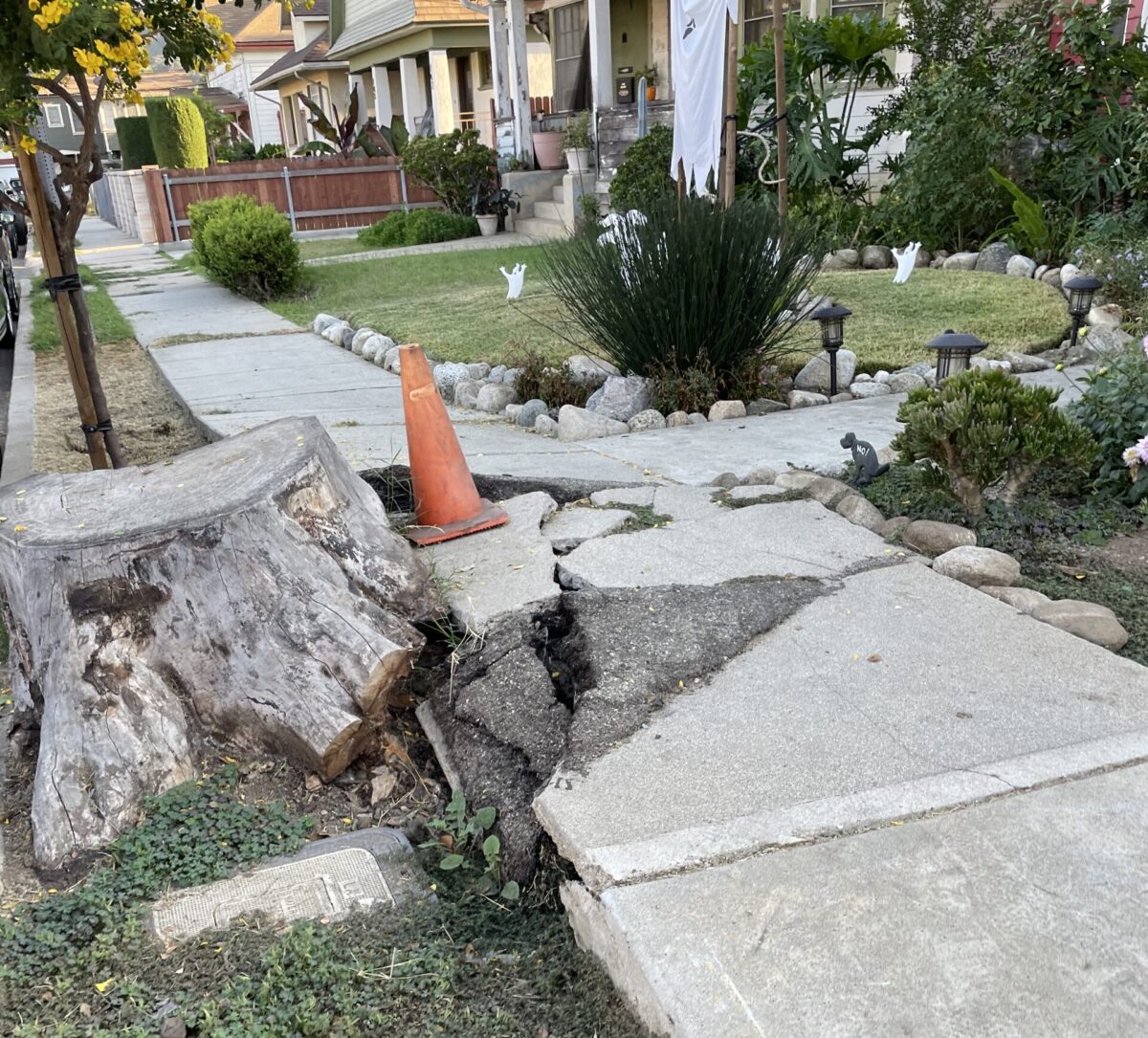

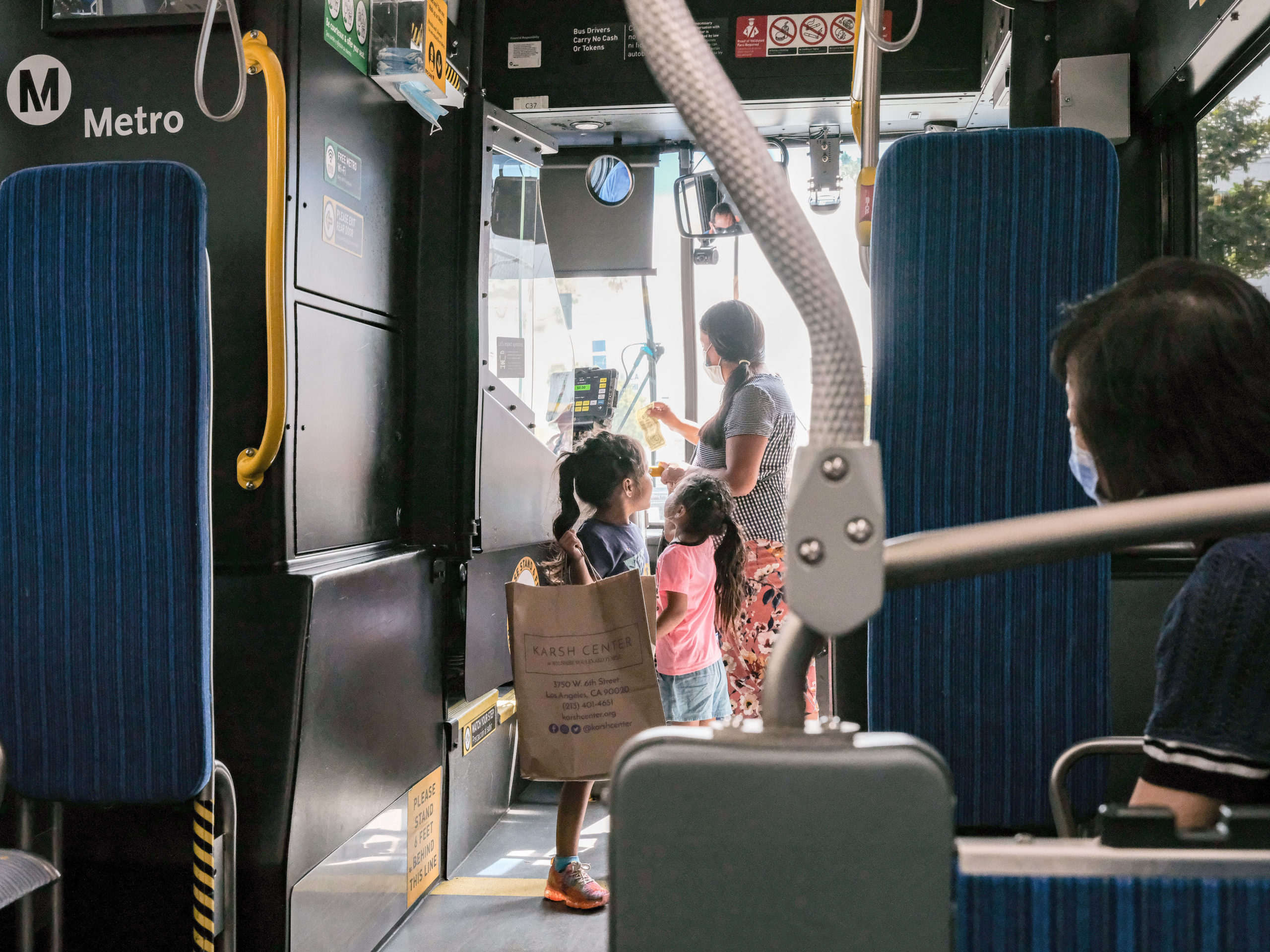



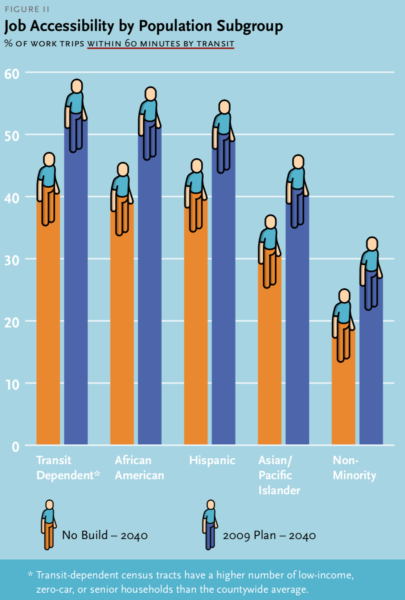

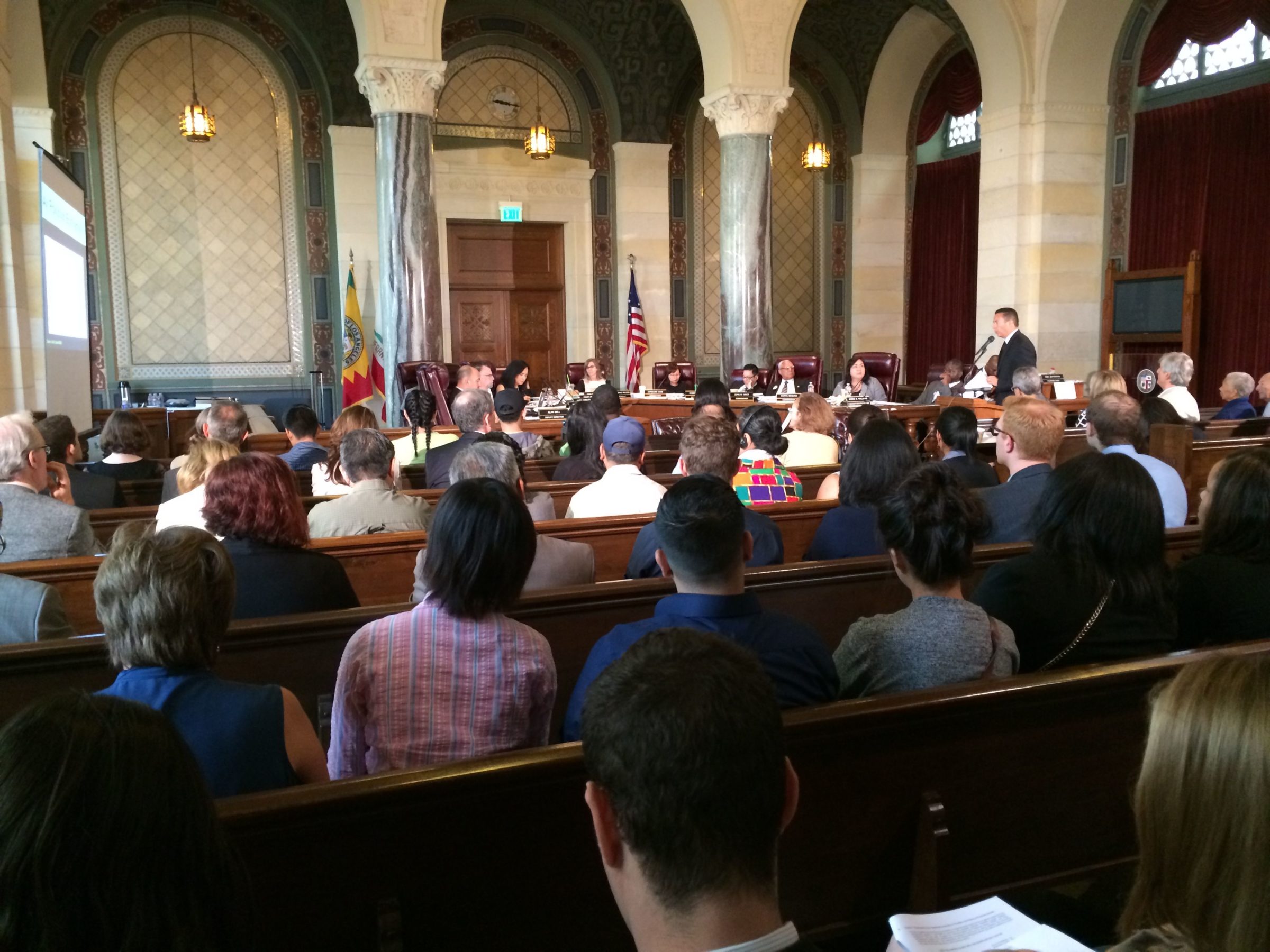
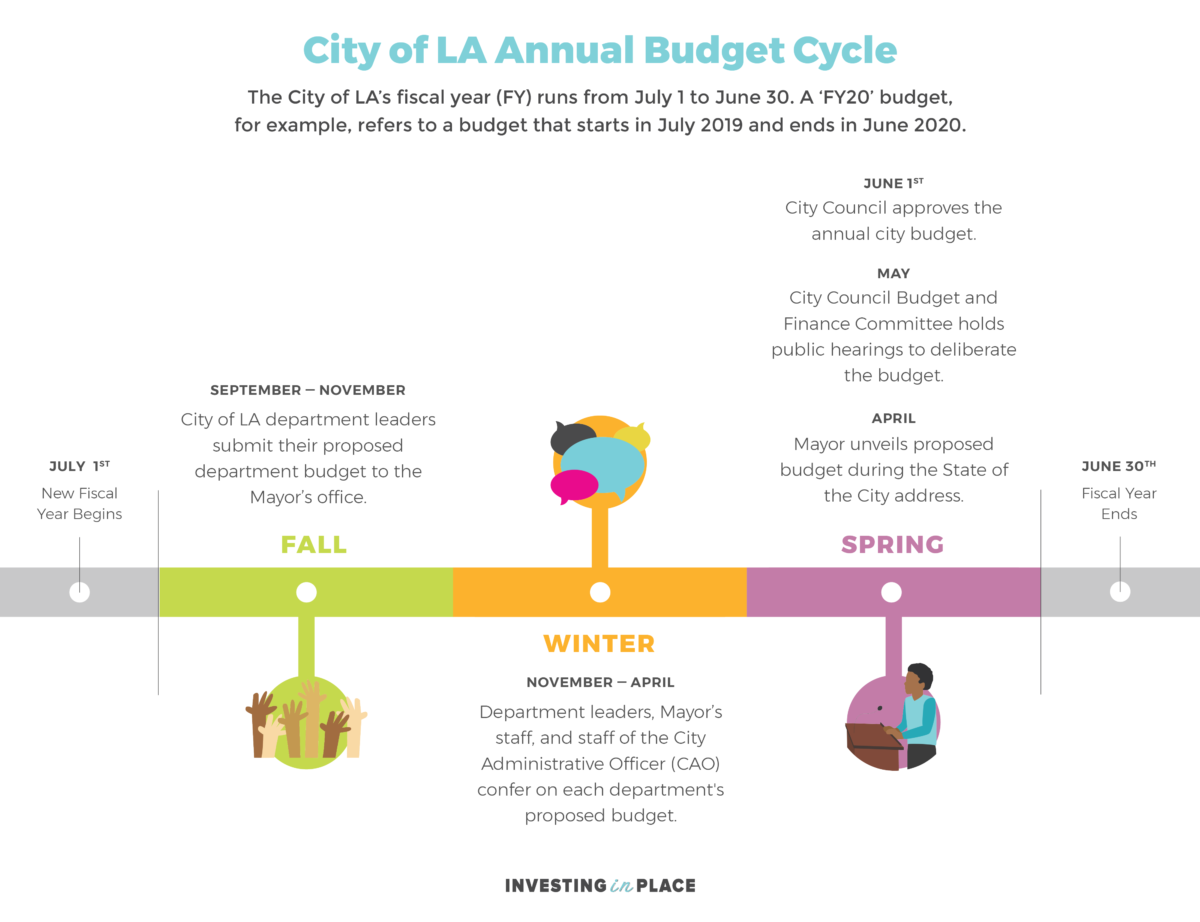
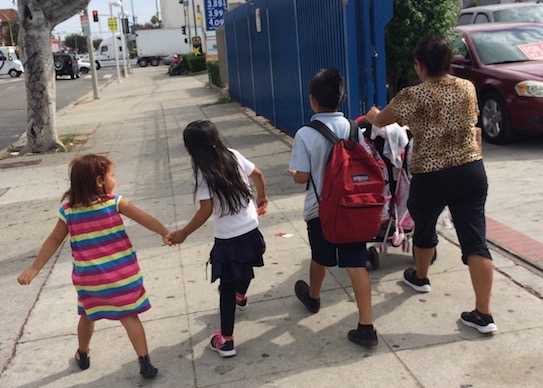
 Some estimates put the amount of damaged sidewalks in the City of Los Angeles at 4,600 miles. Given that sidewalks are the most fundamental piece of our transportation system that impacts all travel modes, how did we get to this point?
Some estimates put the amount of damaged sidewalks in the City of Los Angeles at 4,600 miles. Given that sidewalks are the most fundamental piece of our transportation system that impacts all travel modes, how did we get to this point?
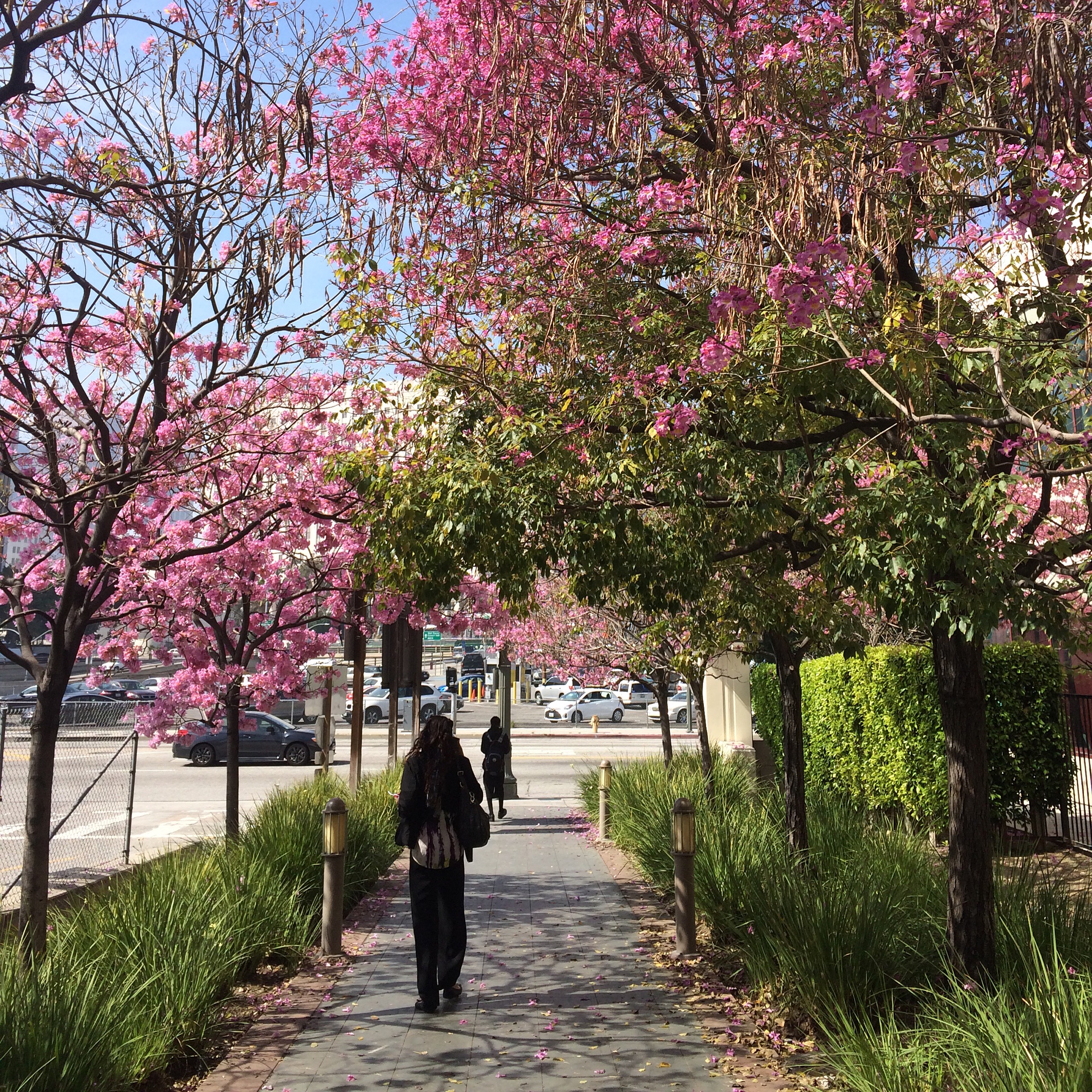

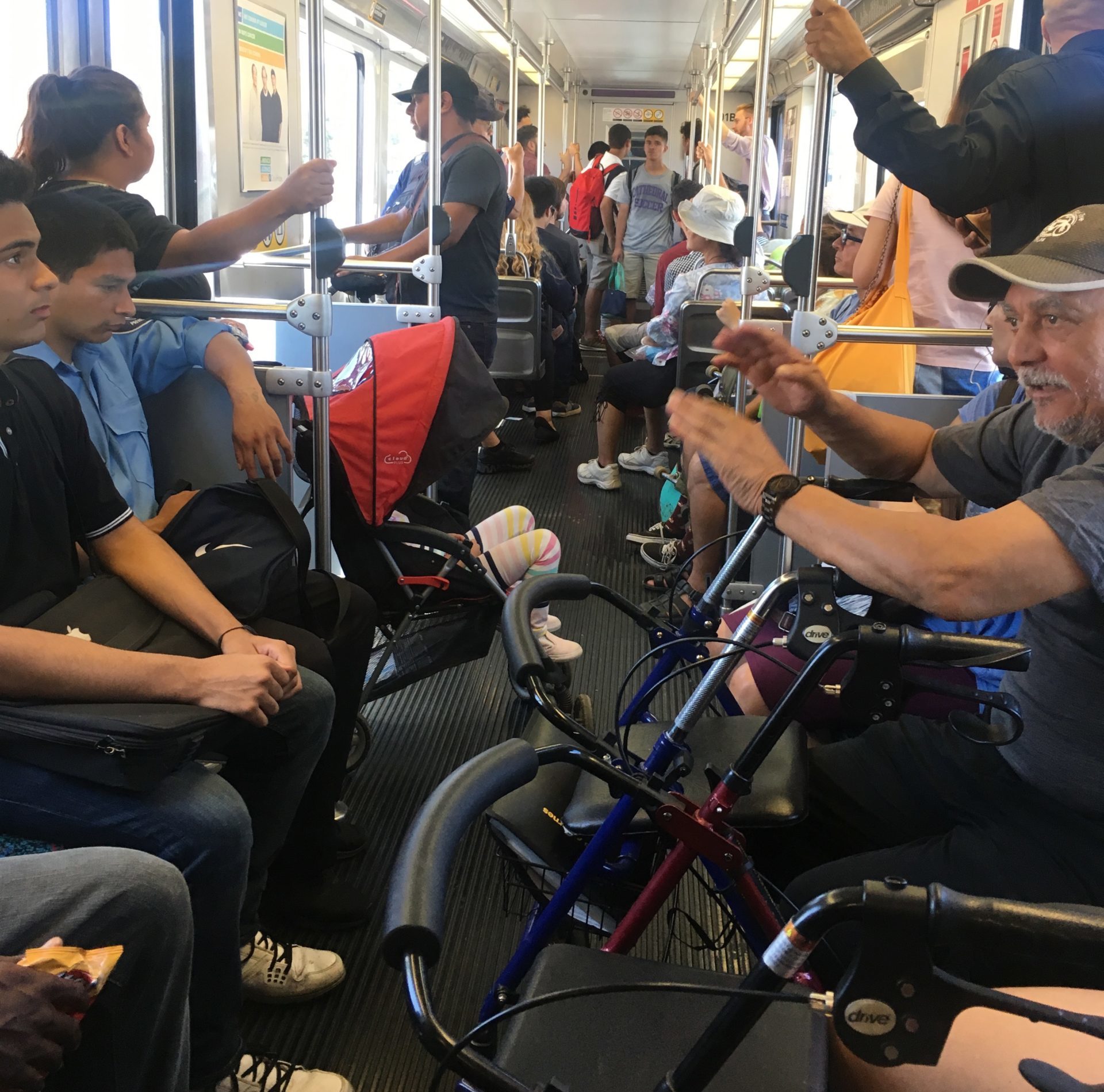

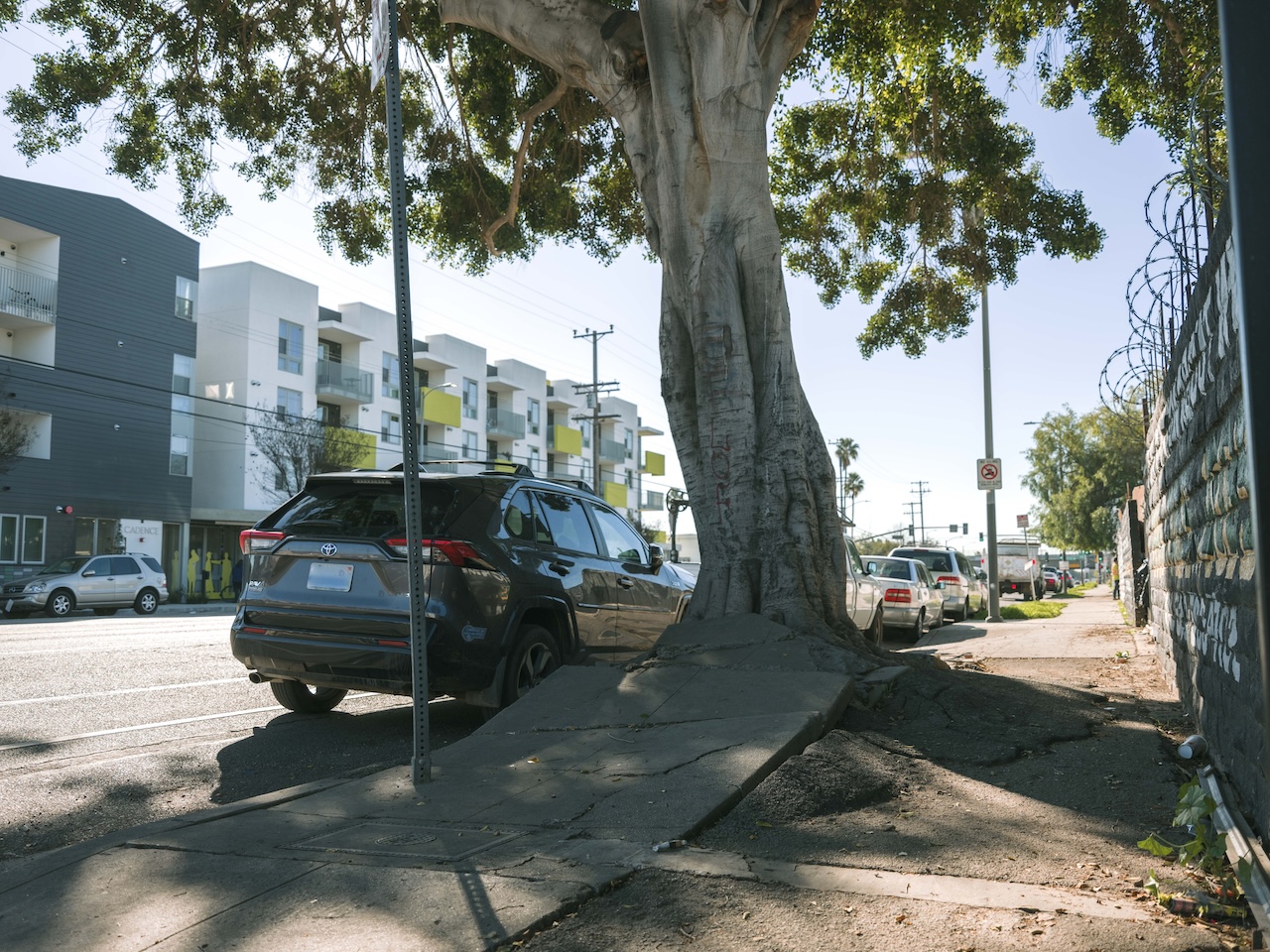
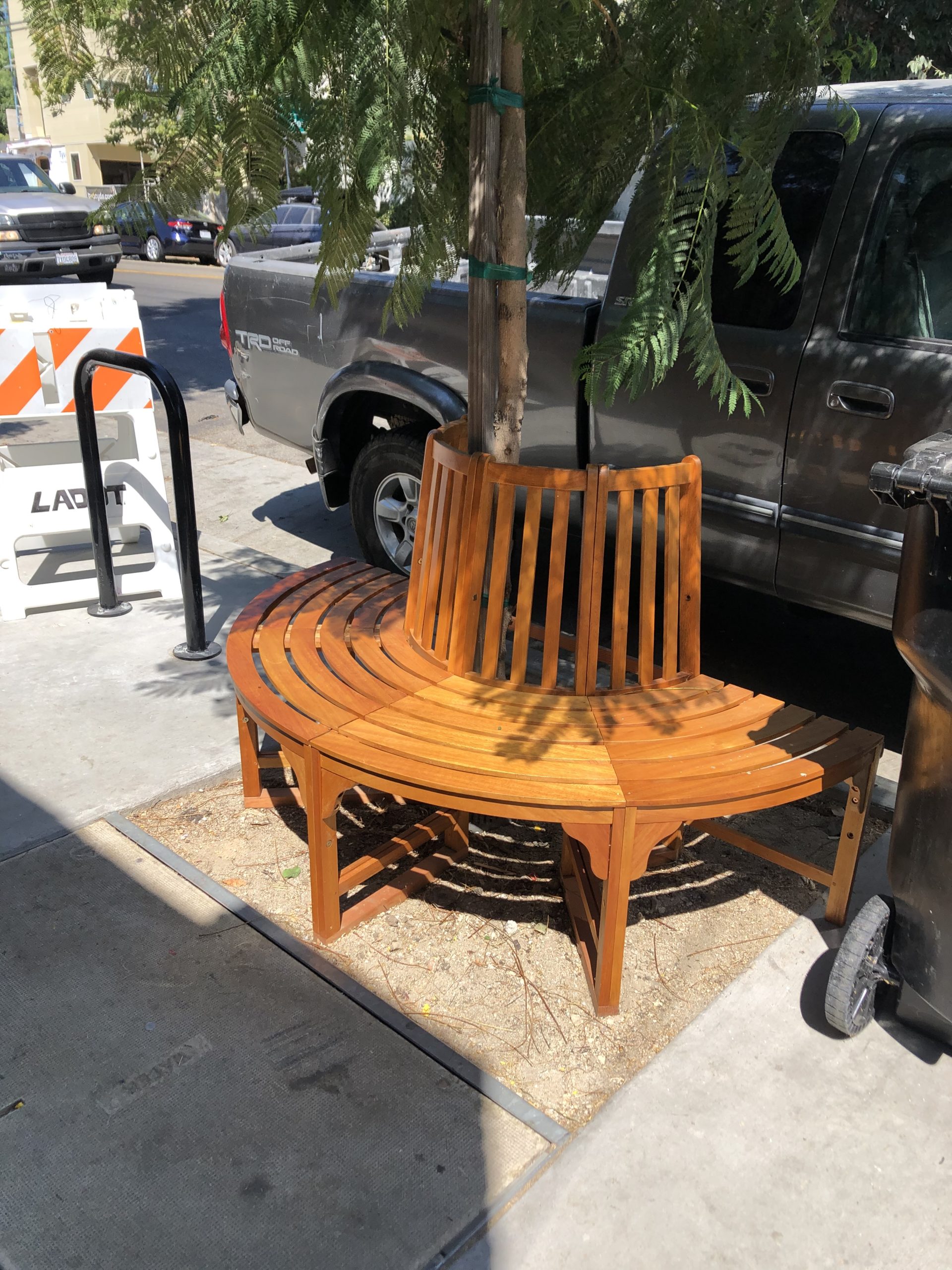
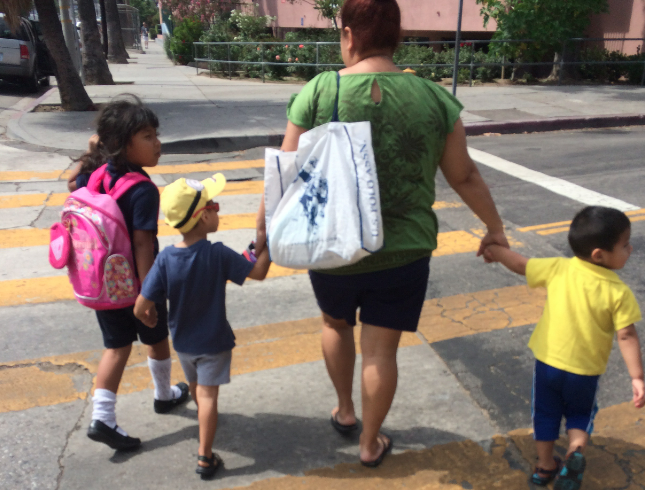








You must be logged in to post a comment.